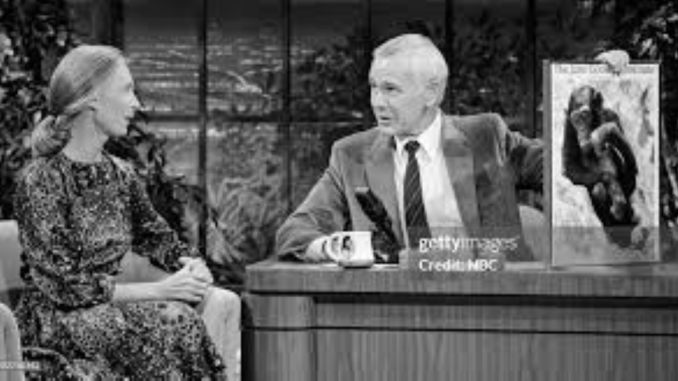
The astonishing 1986 discovery that brought Ralph and Alice Kramden back to life
The Mystery of the Missing Episodes
For years, fans of The Honeymooners believed that dozens of early sketches from The Jackie Gleason Show were gone forever — erased, misplaced, or destroyed in the careless rush of television’s infancy. In the 1950s, networks often reused tapes or disposed of old reels to cut storage costs, unaware they were erasing history. CBS was no exception. By the time the 1970s rolled around, even die-hard collectors had given up hope of ever seeing those early black-and-white sketches again.
The loss was especially painful because these sketches captured The Honeymooners in its rawest, most experimental stage — before it became a cultural phenomenon. They were glimpses of Gleason, Carney, and Meadows finding their rhythm, shaping the blueprint for nearly every domestic sitcom that followed.
A Discovery in the Dust
Then, in 1986, came a twist worthy of television itself. A Florida film archivist received a quiet tip from a former Gleason associate about “some old TV tapes” gathering dust in a warehouse near Miami. When the archivist arrived, he found stacks of wooden crates labeled “Gleason Variety Material.”
Inside lay dozens of reels — untouched for decades, their metal canisters rusted and corners brittle. But when the film was cleaned and loaded onto a projector, the images that flickered to life left the crew speechless. There was Ralph Kramden again — full of bluster, charm, and Brooklyn bravado. There was Alice, unamused but unwavering. There was Norton, bumbling and loyal as ever.
Among the reels were early versions of “Dinner Party,” “Quiz Show,” “A Promotion for Ralph,” and sketches that had never been documented in any script archive. It was like opening a time capsule from the golden age of live comedy.
The Birth of The Lost Episodes

Once verified, the discovery made national headlines. Gleason’s old production team helped oversee the restoration, and in 1987, the footage was released under the title The Honeymooners: The Lost Episodes. The VHS and DVD releases became cult sensations — with fans lining up at conventions just to buy copies.
These episodes offered something more than nostalgia. They revealed a Honeymooners still under construction — the dialogue snappier, the humor broader, the sets simple and unpolished. You could see Gleason testing catchphrases, Carney perfecting Norton’s clumsy grace, and Meadows shaping Alice into something far deeper than the typical sitcom wife.
For TV historians, it was a revelation: The Lost Episodes bridged the gap between the early Gleason sketches and the immortal Classic 39, showing exactly how the characters evolved.
How Did the Tapes Survive?
Even now, the survival of those reels is something of a miracle. One popular theory is that Gleason himself — a meticulous archivist despite his unpredictable temperament — arranged for copies to be stored near his Florida home in the 1960s. Others believe CBS quietly shipped them south during an office move, unaware of what they contained.
Some archivists even speculate the tapes were saved by accident — forgotten in a mislabeled shipment that just happened to avoid the network’s infamous “bulk erasure” policy. Whatever the reason, the fact that they were found intact, and in surprisingly good condition, feels almost poetic.
Rediscovering the Magic
When The Lost Episodes finally aired, audiences were captivated. For those who had grown up watching The Honeymooners, it was like rediscovering an old friend. For younger fans, it was a glimpse into the roots of television comedy itself — raw, imperfect, and beautifully human.
The rediscovery also reignited interest in Gleason’s genius. Suddenly, writers and critics revisited his legacy, realizing that The Honeymooners wasn’t just a sitcom — it was the prototype for an entire genre. Shows like All in the Family, The Simpsons, and Everybody Loves Raymond all carried its DNA.
What began as a few dusty boxes in a forgotten warehouse became one of television’s greatest rescues — proof that some laughter never really dies. It just waits, patiently, for someone to press play again.
